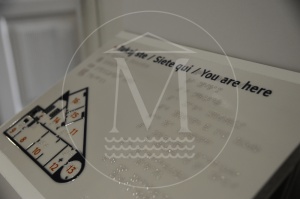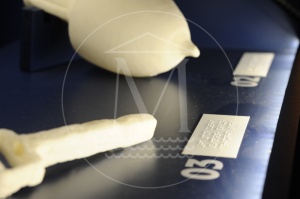COME-IN!
Collaboration for a free access to museums – towards a wider inclusion
Duration of the project: 1st July 2016 – 30th September 2019
Under the auspices of the “COME-IN!” project, which is being implemented within the framework of the Interreg Central Europe programme, 14 organizations (small and medium sized museums, associations of individuals with disabilities, representatives of the academic sphere, educational institutions and policy makers) from 6 countries (Slovenia, Italy, Germany, Poland, Croatia, Austria) decided to step together for this project, which is additionally supported by a series of associated partners. The common objective of the project is to improve the capacities of museums and managers of cultural heritage for a greater accessibility of cultural heritage to the persons with disabilities and vulnerable groups in the regions of the cooperating partners. Within the framework of the project, partners valorise cultural heritage in the region of Central Europe, prepare strategic plans of how to increase the accessibility of museums to the people with disabilities, as well as how to make them more attractive to the wider public. The main activities and results of the project will be making of a manual for organizing such exhibitions that will be better accessible to people with disabilities, a manual for training managers of museums and cultural monuments, implementation of pilot activities and making of the brand label of the “COME-IN!” project, which will be given to the museums that are kind and open to the people with disabilities.
Link to the project's web page: COME-IN
What has been done?
Within the framework of the project activities, the Maritime Museum Piran upgraded its collections, which are now more accessible to the wider public. We have made several 3D copies of selected museal objects that can be touched by visitors. Various topics are available both in braille and in sign language. Furthermore, better orientation signs have been set in the exhibition halls as well as many improvements made. The collections, such as the Museum of Salt-making and Tona's House, which have not been accessible to all in the past, can now be seen via virtual viewing. Incomparably more accessible is also our new upgraded web page. Within the project, the occasional exhibition Stone by Stone – Roman Architecture in Northwestern Istria has been set up, adapted to the blind and visually impaired persons and people with other disabilities.


-300x480-resize.jpg)